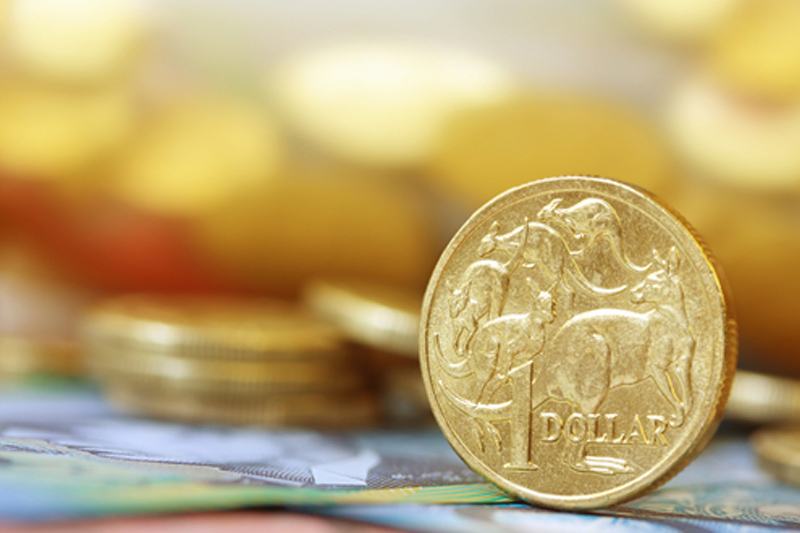By Wayne Cole
SYDNEY, March 1 (Reuters) - The Australian and New Zealand dollars got a much-needed lift on Friday after a survey of Chinese manufacturing surprised on the high side for once, a crumb of comfort amid mounting worries over the Asian giant.
The Caixin/Markit Manufacturing Purchasing Managers' Index (PMI) rose to 49.9 in February, from 48.3 in January, handily topping expectations. was enough to hoist the Aussie dollar AUD=D3 up to $0.7105, from a low of $0.7090, though it was still down 0.4 percent on the week. The failure at the week's top of $0.7200 has turned that level into major resistance, while support comes in at $0.7070 and $0.7054.
The kiwi dollar NZD=D3 edged up to $0.6814, from a trough of $0.6797. The week's high of $0.6902 is now resistance, while support lies around $0.6758.
The U.S. currency got a lift overnight when data showed U.S. economic growth beat forecasts in the December quarter, supported by strength in household consumption. contrast, Australian households have been reining in spending amid sluggish wage growth and sliding home prices.
Figures from property consultant CoreLogic out on Friday showed home prices nationally fell another 0.7 percent in February, though that was a small improvement from January's 1 percent drop. Reserve Bank of Australia (RBA) recently warned that a further significant fall in prices could undermine household wealth and spending.
The weakness in consumption is one reason analysts suspect figures for gross domestic product (GDP) out next week will annual growth slowed to around 2.6 percent last quarter.
"We expect home price falls to double to 14 percent, peak to trough, making a negative household wealth effect on consumption likely," said UBS economist George Tharenou.
"We expect GDP to clearly slow to a below-trend 2.3 percent in 2019, seeing unemployment rise and the RBA cut in November, with risk of earlier easing."
Investors have already moved to price in the risk of a cut in interest rates this year, with futures 0#YIB: implying around an 80 percent probability of a quarter point easing in the 1.5 percent cash rate.
That in turn has pushed down Australian bond yields and fattened the premium offered by U.S. debt.
Yields on Australian 10-year bonds AU10YT=RR are now 56 basis points below those on U.S. paper, compared with 36 basis points at the start of the year.
In New Zealand, consumption has held up much better, though data out Friday showed the country's terms of trade fell a surprisingly sharp 3.0 percent last quarter. government bond futures dipped in line with Treasuries. The three-year bond contract YTTc1 eased 3.5 ticks to 98.330, while the 10-year contract YTCc1 fell 5 ticks to 97.8550.
New Zealand government bonds 0#NZTSY= also slipped, pushing yields up 1 to 2 basis points. (Editing by Sam Holmes)
